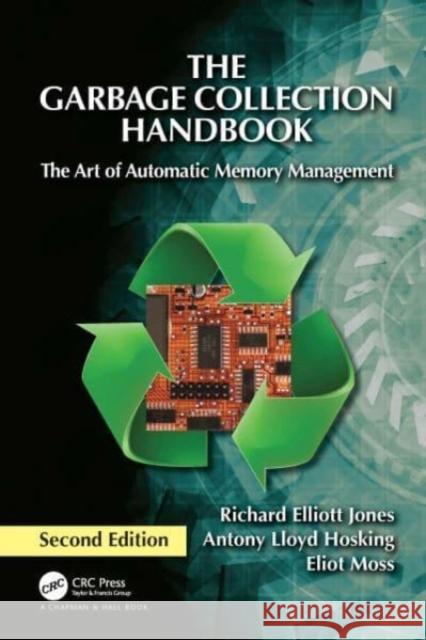The Garbage Collection Handbook: The Art of Automatic Memory Management » książka
The Garbage Collection Handbook: The Art of Automatic Memory Management
ISBN-13: 9781032218038 / Angielski / Twarda / 2023 / 610 str.
Published in 1996, Richard Jones's Garbage Collection was a milestone book in the area of automatic memory management. Its widely acclaimed successor, The Garbage Collection Handbook: The Art of Automatic Memory Management, captured the state of the field in 2012 but this has once again grown considerably, sparking a need for an updated look at the latest state-of-the-art developments. This second edition updates the handbook, bringing together a wealth of knowledge gathered by automatic memory management researchers and developers over the past sixty years. The authors compare the most important approaches and state-of-the-art techniques in a single, accessible framework.The book addresses new challenges to garbage collection made by recent advances in hardware and software. It explores the consequences of these changes for designers and implementers of high performance garbage collectors. Along with simple and traditional algorithms, the book covers state-of-the-art parallel, incremental, concurrent and real-time garbage collection. Algorithms and concepts are often described with pseudocode and illustrations.
Published in 1996, Richard Jones's Garbage Collection was a milestone book in the area of automatic memory management. Its widely acclaimed successor, The Garbage Collection Handbook: The Art of Automatic Memory Management, captured the state of the field in 2012 but this has once again grown considerably, sparking a need for an updated look at the latest state-of-the-art developments. This second edition updates the handbook, bringing together a wealth of knowledge gathered by automatic memory management researchers and developers over the past sixty years. The authors compare the most important approaches and state-of-the-art techniques in a single, accessible framework.
The book addresses new challenges to garbage collection made by recent advances in hardware and software. It explores the consequences of these changes for designers and implementers of high performance garbage collectors. Along with simple and traditional algorithms, the book covers state-of-the-art parallel, incremental, concurrent and real-time garbage collection. Algorithms and concepts are often described with pseudocode and illustrations.











